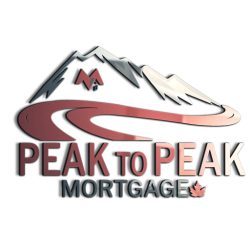The guidelines surrounding rental property financing have changed over the last few years. There are a few variables that play a role in determining which lender is the right fit for you.
How Many Properties You Already Own
Many banks now, will not support an application for financing if multiple income properties are already owned, ie your home + 4 other properties. Consideration is given based on how highly leveraged the properties are, the income generated, and the overall other strengths of the application.
The Type of Property You Want to Purchase
Banks will assess the real estate you are purchasing a little more carefully. There is always less risk to the bank when the property is your primary residence. Square footage, the age of the home, value of the structure, and rental management may influence which lenders we can work with. If there is more risk associated with the property, a lender may still provide the approval, but possibly at a higher rate and/or with fees.
Down Payment Requirements
You need to plan for a down payment of at least 20% down.
Sources of down payment can be from your own savings, or a secured line of credit against real estate. Family gift money is sometimes not accepted for rental property purchases. If all or part of the down payment is coming from a family gift, it should be disclosed up front as it will impact which lenders can be approached.
Use of Rental Income
A common policy with many lenders, is to allow 50% of the rental income from the property and add it to your income when they are calculating the qualifying ratios. Other lenders will allow a percentage of the rental income used as an “off-set” against the mortgage payments & property taxes. An “off-set” situation always makes it easier for you to qualify.
Some lenders allow the use of a “rental spreadsheet.” The spreadsheet takes into account the gross rent, vacancy rates, property taxes, repairs, etc. and mortgage costs. Using a lender’s rental spreadsheet can be very useful with “off-set” and help you to qualify.
With lenders that use a rental spreadsheet, they may have a minimum “DCR” or Debt Coverage Ratio to ensure there is adequate rental coverage for each property and the associated expenses.
The use of rental income and allowed percentages will vary from lender to lender, and will depend on how many properties you already own. If you own just your home and are purchasing your first rental property, a rental spreadsheet can’t be used.
The Supporting Documents
The paperwork you can provide to support new or existing rental income will also influence which lender to approach. Here is a list of some or all of the documents that may be requested for proof of the rental income:
- Leases.
- Rental schedules in personal tax returns.
- Confirmation from a qualified appraiser of what the “economic rent” is, often referred to as an “eco rent letter.”
- If an appraisal is required to secure financing for a property being purchased, we can request the appraiser to provide “eco rent confirmation” for the property and/or a suite contained in the property.
- Bank statements to show a history of deposits.
Feel free to email me with any questions: annie@peaktopeakmc.com

